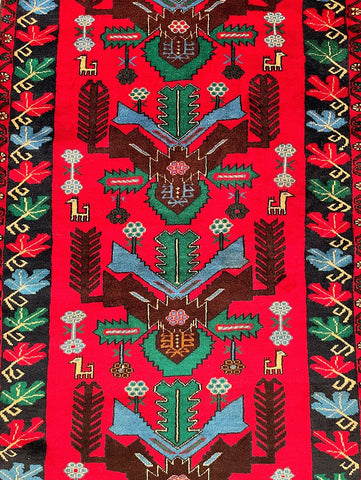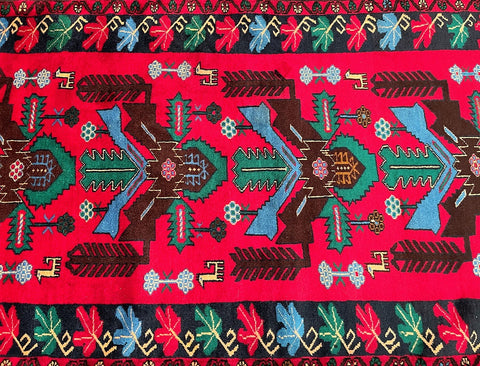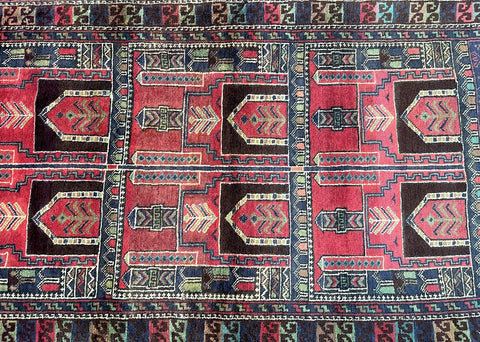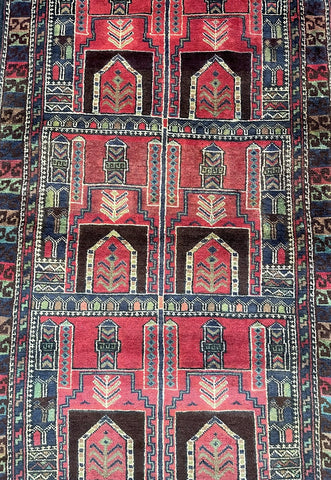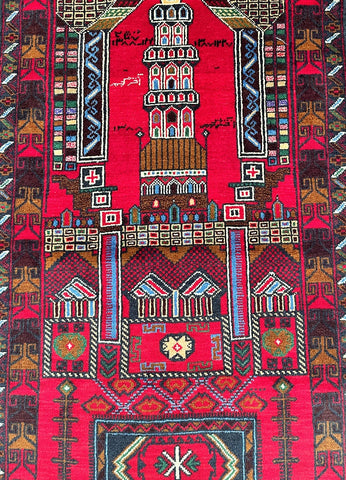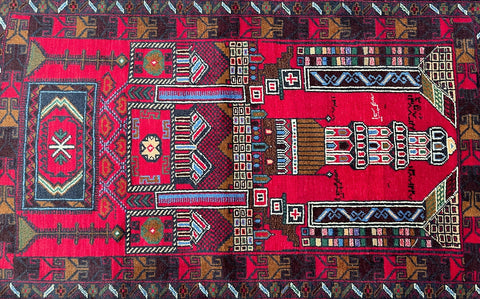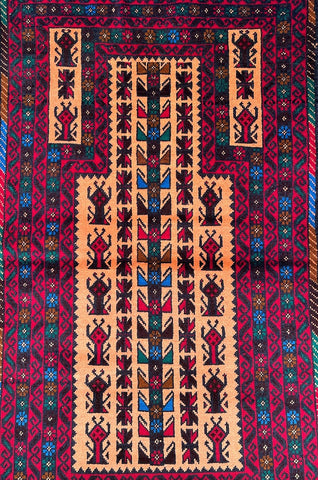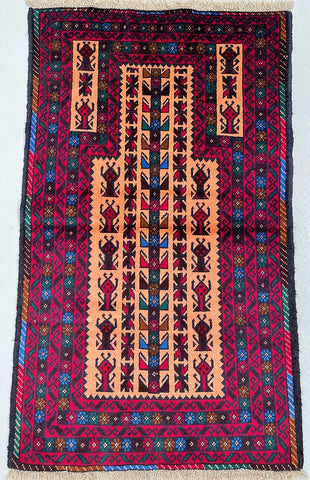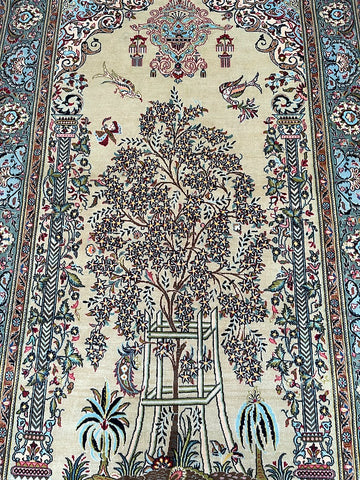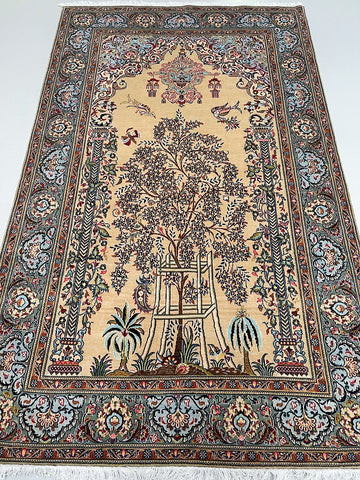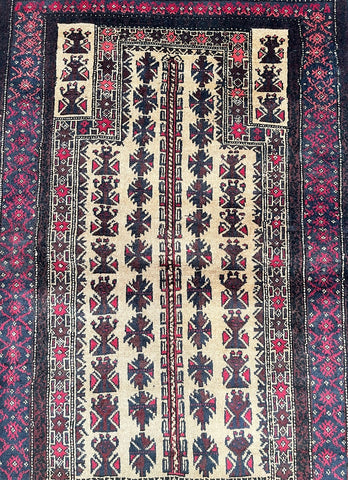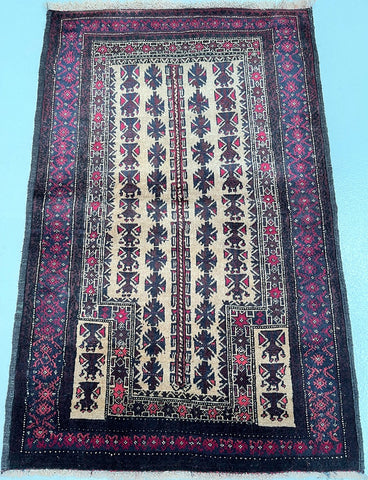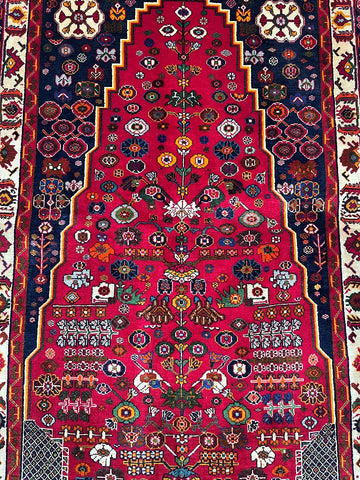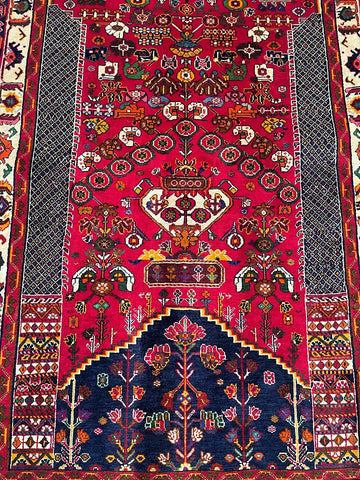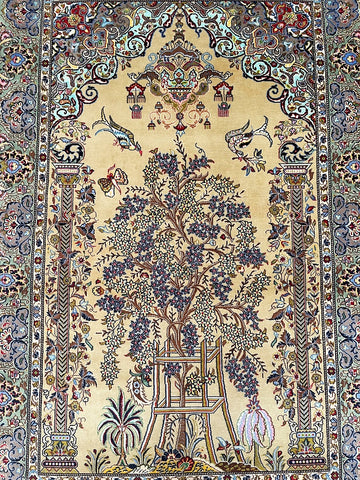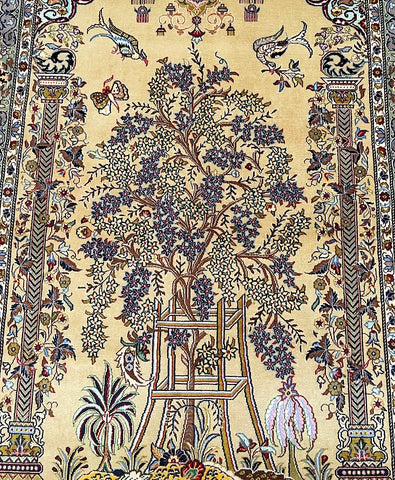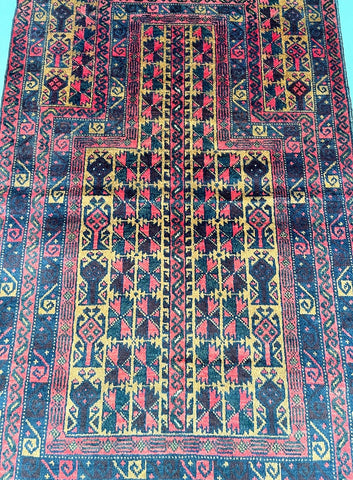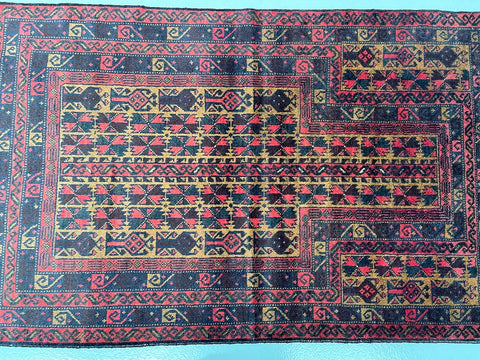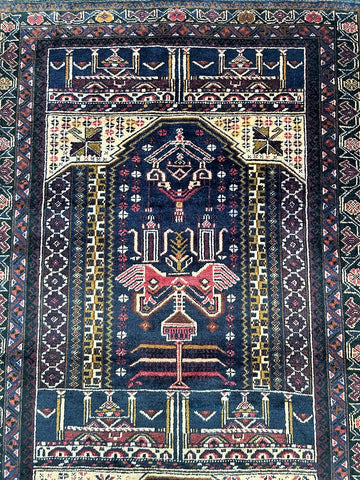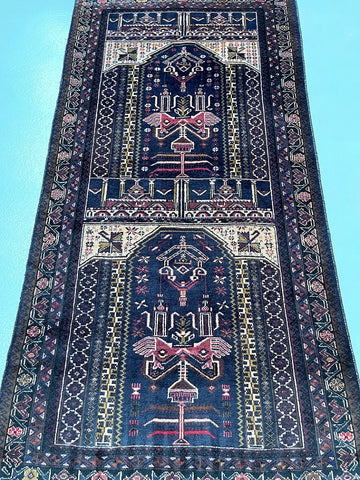Prayer Design Rugs
Prayer rugs have a rich history dating back centuries, originating in Persia (modern-day Iran). These rugs were initially crafted to serve a specific purpose: providing a clean and comfortable space for Muslims to pray. Over time, they evolved from mere functional items to stunning works of art, reflecting the artistic genius of their creators.
One of the most significant symbols found in Persian prayer rugs is the mihrab. The mihrab is a niche-shaped design that represents the holy Kaaba in Mecca, the holiest site in Islam. It serves as a visual guide, directing worshippers towards the direction of prayer. Other symbols commonly found in prayer rugs include stylized lamps, cypress trees, and arabesque patterns, each carrying its own spiritual significance.
The weaving techniques used in creating Persian prayer rugs are diverse. The most notable technique is the "asymmetrical knot" or "Persian knot," which allows for greater intricacy and precision in the design. This method ensures that the rug is not only aesthetically pleasing but also durable, capable of withstanding years of use.
Several cities and tribes have become synonymous with the production of exceptional prayer rugs. Tribe of Balouchi is the most famous one usually in geometric design. However we do have prayer rugs in cities of Tabriz, Kashan, Isfahan and Qum incorporating floral patterns in them.










